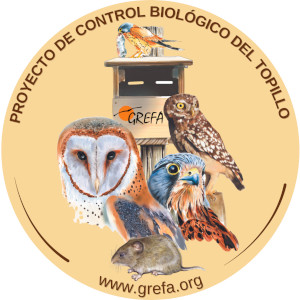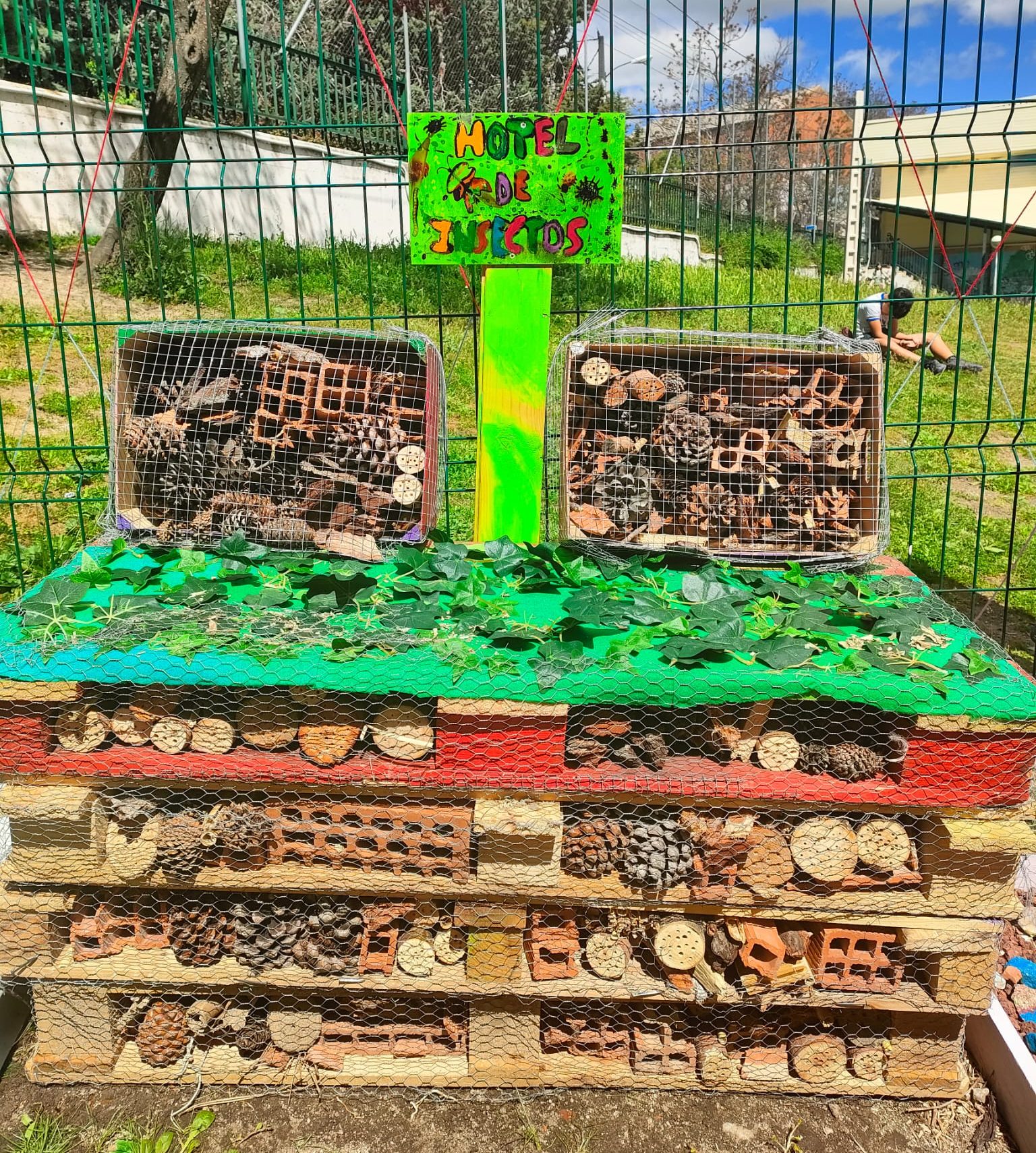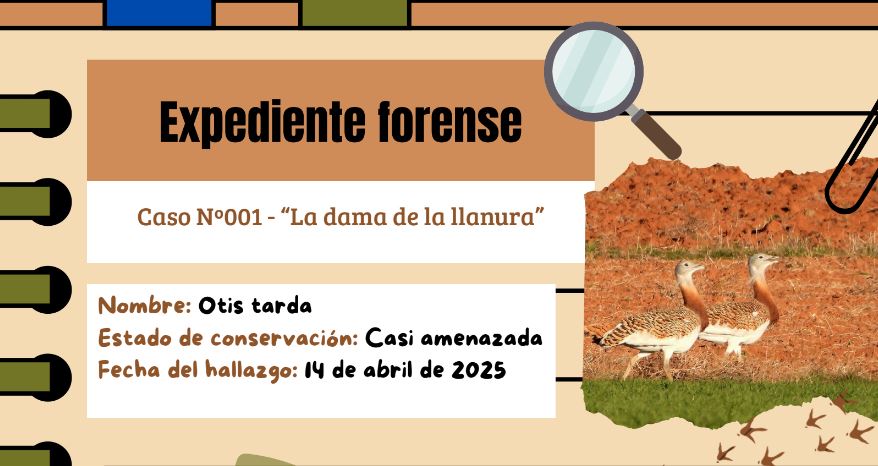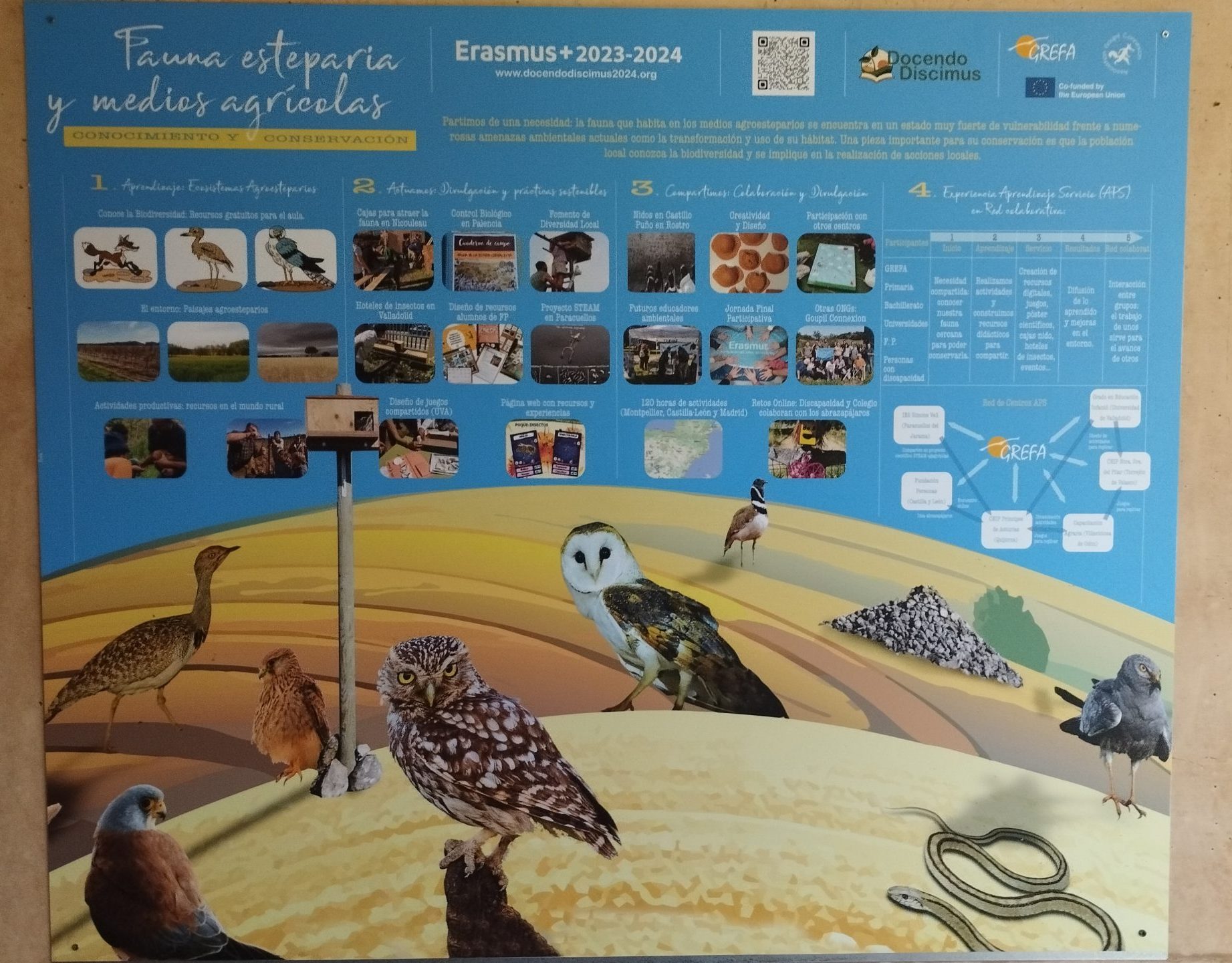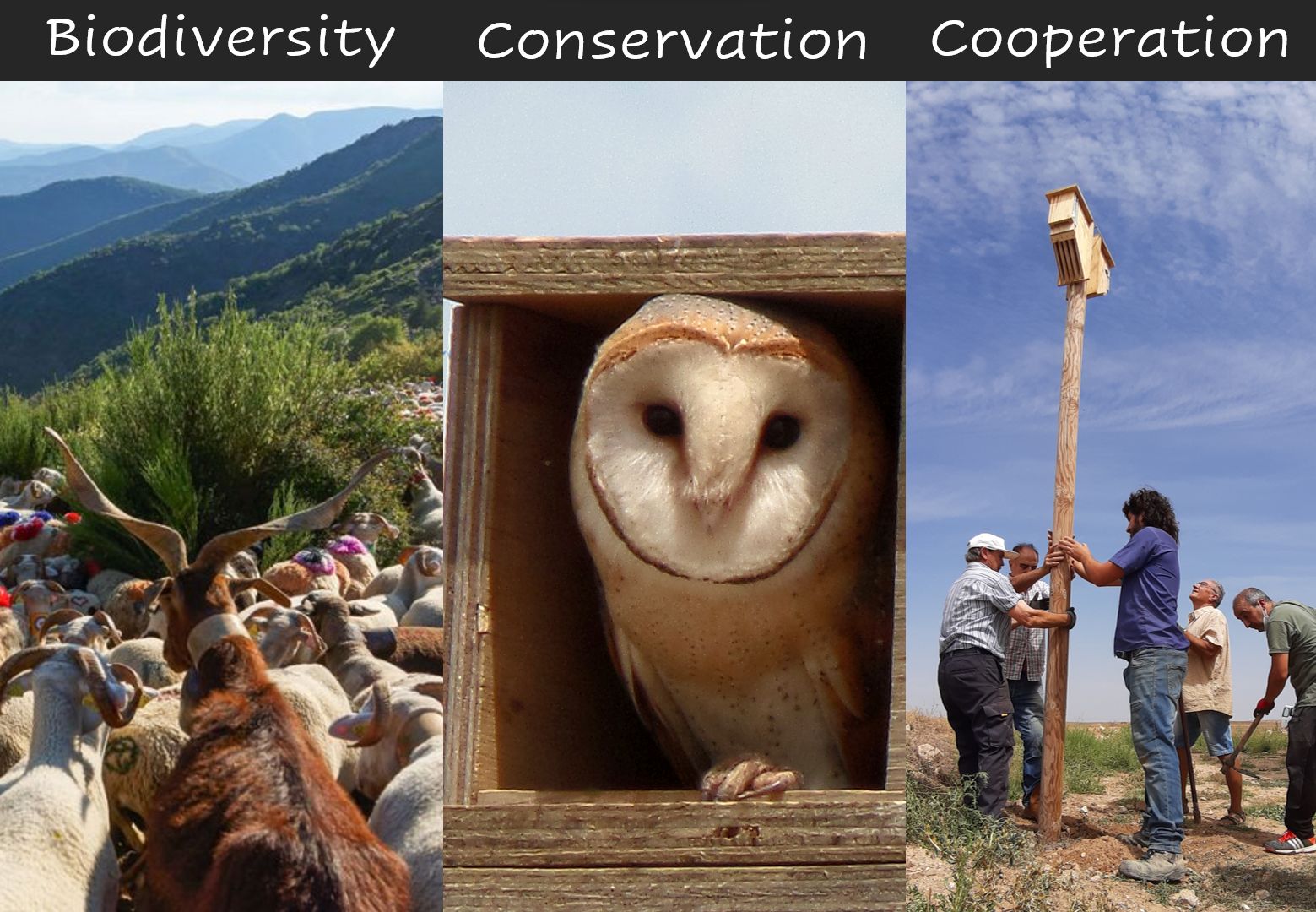Desde España, GREFA va a trabajar principalmente en dos zonas: en tierra de campos de Castilla-León, en Valladolid y Palencia principalmente y en el centro peninsular, en pueblos de Madrid a veces colindantes con Guadalajara y Toledo.
Como recursos didácticos existe un Aula de interpretación en el pueblo de Villalar de los Comuneros (Valladolid), dedicado a difundir los valores ecológicos de las estepas, la biodiversidad de aves esteparias y agrícolas; al conocimiento de los cultivos castellano leoneses y a mostrar medidas agroecológicas sostenibles. Se incluye también un recorrido interpretativo y una muestra de cultivos sostenibles.
El proyecto de Control Biológico con rapaces, se inició en esta comarca hace más de 10 años y se ha ido extendiendo por toda la Comunidad y nuevos territorios. Básicamente consiste en adoptar medidas que favorecen a la biodiversidad para que sea el propio ecosistema el que luche contra las plagas (topillo campesino). Entre estas medidas, destaca la instalación de cajas nido, que son ocupadas por lechuzas, cernícalos y mochuelos.
El paisaje es extenso, con grandes cultivos. El despoblamiento y envejecimiento de la población es muy importante.
En Majadahonda, Madrid, se encuentra el Centro de Recuperación de Fauna de GREFA.
In Spain, GREFA works in two main areas: the countryside of Castilla-León, mainly in Valladolid and Palencia, and the centre of the peninsula, in villages in Madrid, sometimes bordering on Guadalajara and Toledo.
As a didactic resource, GREFA runs an Interpretation Centre in the village of Villalar de los Comuneros (Valladolid), dedicated to the dissemination of the ecological values of the steppes, the biodiversity associated with this habitat, the different crops of Castile and Leon and the use of sustainable agro-ecological practices. It also includes an interpretive route and an exhibition of sustainable crops.
The Biological Control of Pests with Birds of Prey project started in this region more than 10 years ago and has been extended throughout the Community and to new areas. It basically consists of taking measures to promote biodiversity, so that the ecosystem itself fights the pests (voles). These measures include the installation of nesting boxes for Barn owls, Common kestrels and Little owls.
The landscape in this area is extensive, with large crops. Here the depopulation and ageing of the population is one of the main problems.
GREFA Wildlife Rescue Centre is located in Majadahonda, Madrid.
